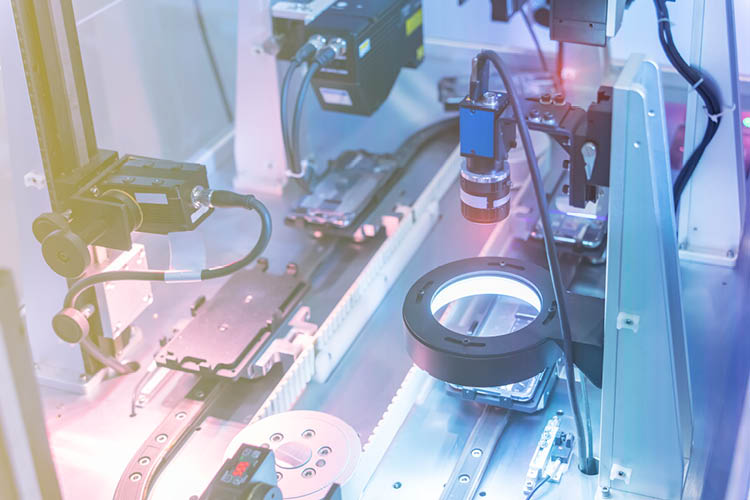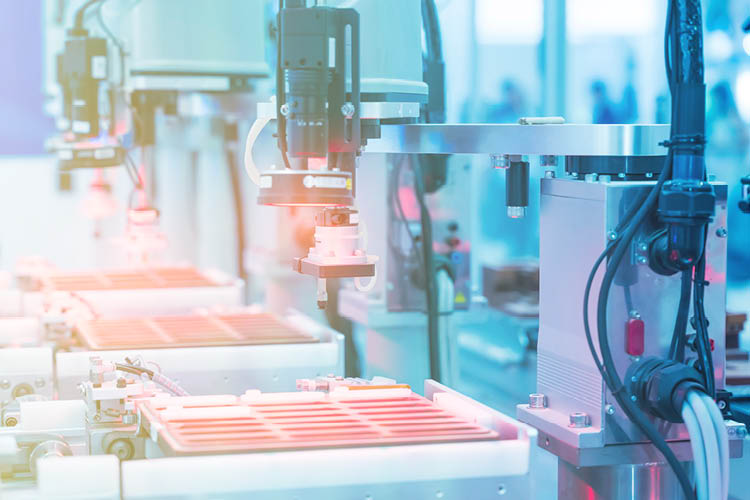The automation of production requires reliable systems for the real-time monitoring and control of processes. We envision Artificial Intelligence (AI) solutions that enable humans and machines to work together safely by detecting anomalies and preventing potential hazards, thus ensuring precision and reliability. To achieve this, we focus on the following two areas in the context of industrial sensor systems.
Industrial Sensors
Dependable Person Detection

Robots have been an indispensable part of our industry for decades. They help in industrial assembly, as driverless transport systems in logistics, and in manufacturing in general. But high safety requirements often keep robots and humans physically separate, so today’s robot systems are typically fenced off in production areas. Safety fences, doors, and light barriers ensure the safety of human workers, but they also limit the efficiency of the systems.
But this will change in the future: The goal is to have collaborative robots with reliable AI-based person detection that can work directly with humans in the same workspace, for example in manufacturing. To ensure safe integration of AI for person detection in all kinds of situations, we integrate additional monitors such as body part detectors, as well as adaptive prototype-based detectors that can reliably handle false positives. In addition, we perform a systematic safety analysis for such a person detector in production with reasonable guarantees.
This allows for maximum efficiency and flexibility without additional delays due to false alarms, increased flexibility, and safety for human workers in production processes.
Flexible Quality Inspection

AI-based automation has the potential to help companies perform visual quality inspection more efficiently and accurately. This is especially important in times of skills shortages and low-volume production.
Although Deep Learning (DL) solutions for image recognition have been providing breakthroughs for more than 10 years, these approaches have not yet been widely adopted in industrial environments. The inability to collect sufficient data on defective samples is a major obstacle to robust AI solutions. In addition, the low reliability and lack of transferability of DL systems to new products and changing environments are major challenges for practical use.
Fraunhofer IKS offers innovative solutions for data-efficient, reliable, and flexible visual quality inspection systems. Contact us to learn more.
 Fraunhofer Institute for Cognitive Systems IKS
Fraunhofer Institute for Cognitive Systems IKS